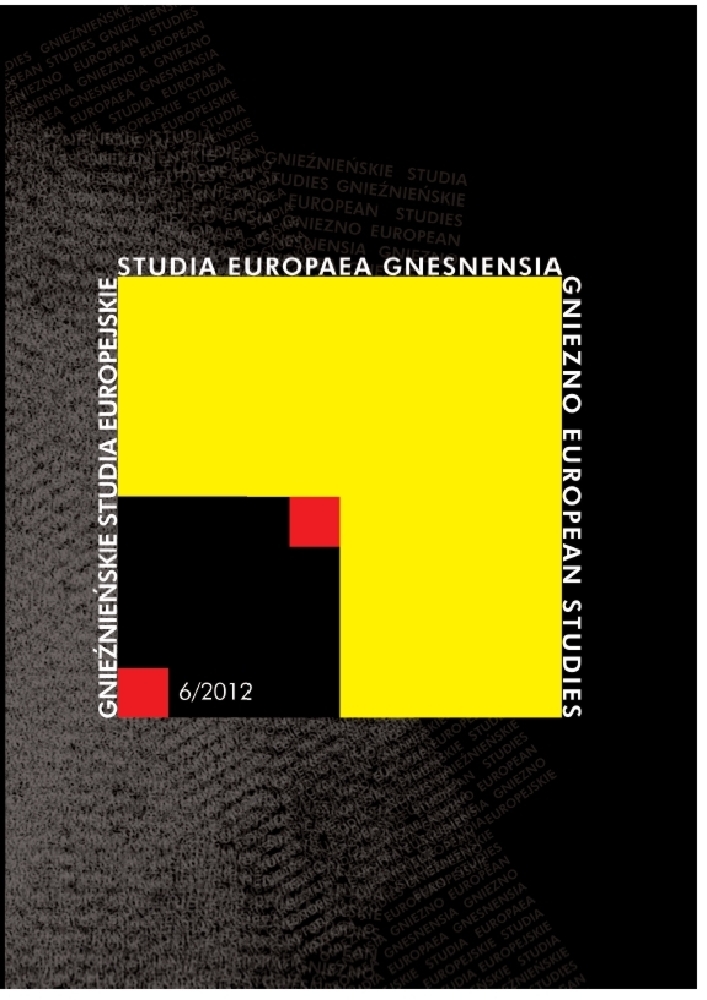Abstrakt
Kolonializm w sposób szczególny odcisnął swoje piętno na losach świata. Kondycja społeczeństw zamieszkujących dawne kolonie europejskie jest bezpośrednim owocem kontaktu Europa — reszta świata, który, choć w swoich założeniach opierał się na chlubnych przesłankach i szczytnych ideach (cywilizowanie „dzikich”, chrystianizacja, niesienie pomocy), miał także swoją ciemną stronę. Konstytuują ją przede wszystkim dwa fenomeny władzy: rasizm i przemoc. Autor artykułu, analizując prace Frantza Fanona i Enrique Dussela, pokazuje, w jaki sposób Francuzi i Hiszpanie odwołując się do tych dwu kategorii, próbowali zbudować swoje kolonialne społeczeństwa z wszystkimi tego konsekwencjami. Fanon, opisując kolonizację jako fenomen przemocy, jego jądro upatrywał właśnie w rasizmie. Pochodzący z Martyniki pisarz pokazuje, jak kultura europejska rościła sobie prawo do reprezentowania kultur tubylczych w byłych koloniach francuskich, zwłaszcza na Antylach. W tym kontekście autor artykułu położył szczególny nacisk na zbadanie fenomenu dwóch światów - białego i czarnego - według określenia Fanona. Chodzi o mechanizmy, za pomocą których biały człowiek kreował człowieka o czarnym kolorze skóry, powodując, że ten wyrzekając się swojej rasy, chciał zmienić się w „nowego białego”. Autor dowodzi, że Francuzi, kolonizując niejako „poprzez ciało”, doprowadzali do swoistego zawieszenia międzykulturowego między Europejczykiem a tubylcem. Z kolei odwołanie się do prac Dussela pokazuje, że w roku 1492 Ameryka została „zakryta” przez Europę uosabianą wówczas przez Hiszpanów. W ten sposób cały projekt kolonizacji Ameryki został ufundowany na tzw. micie nowoczesności polegającym na uczynieniu z ofiar (ludów prekolumbijskich) winnych, a z oprawców stosujących przemoc (Hiszpanów) niewinnych. Autor analizuje argumenty, które w opinii argentyńskiego filozofa służyły Europejczykom do opisywania i kategoryzowania Nowego Świata (ewangelizacja, idea Ameryki jako utopii Europy, idea wojny sprawiedliwej etc.), a które w większości nie były niczym innym, jak usprawiedliwianiem fenomenu przemocy aplikowanej przez Europejczyków ludom i kulturom nieeuropejskim. W konkluzji autor pokusił się o porównanie hiszpańskiej i francuskiej wizji kolonizacji, zwłaszcza w kontekście zmagania się ze swoją postkolonialnością przez społeczeństwa Ameryki Łacińskiej i francuskojęzycznej części Afryki.
Bibliografia
Bhabha H., Miejsca kultury, transl. by T. Dobrogoszcz, Cracow 2010, p. 30.
Carredano A. (ed.), Historia de América, Barcelona 2006, p. 336.
Dussel E., 1492. El encubrimiento del Otro. Hacia el origen del “mito de la Modernidad”, Plural Editores, La Paz 1994.
Dussel E., Europa, modernidad y eurocentrismo, [in:] Edgardo Lander (ed.), Colonialidad del saber, eurocentrismo y ciencias sociales. Perspectivas latinoamericanas, Buenos Aires 2000, p. 41–53.
Dussel E., Filosofía de la liberación, México 1977.
Dussel E., Hacia una filosofía política crítica, Bilbao 2001.
Dussel E., Sistema-Mundo y „Transmodernidad”, [in:] S. Dube, I. Banerjee, W. Mignolo (ed.), Modernidades coloniales, México 2004, p. 218.
Dussel E., World-System and Transmodernity, [in:] Nepantla. Views from South (Duke, Durham), 3, 2, 2002, p. 211–244.
Fanon F., Algieria zrzuca zasłonę, transl. by Zygmunt Szymański, Warszawa 1962.
Fanon F., Piel negra, mascáras blancas, Editorial Abraxas, Buenos Aires 1973.
Fanon F., Wyklęty lud ziemi, transl. by H. Tygielska, Warszawa 1985.
Girard R., Kozioł ofiarny, transl. by M. Goszczyńska, Łódź 1986.
Girard R., Widziałem szatana spadającego z nieba jak błyskawica, transl. by E. Burska, Warszawa 2002, p. 173.
Habermas J., Filozoficzny dyskurs nowoczesności, transl. by M. Łukaszewicz, Kraków 2005.
Hama B., A. Clair, Albarka znaczy szansa, transl. by K. Witwicka, Warszawa 1977, p. 103.
Kieniewicz J., Ekspansja, cywilizacja, kolonializm, Warszawa 2008, p. 120.
Kubiaczyk F., Rasizm i przemoc. Wizerunek człowieka skolonizowanego według Frantza Fanona i Enrique Dussela ukazała się [w:] H. Jakuszko i L. Kopciuch (red.), Człowiek w kontekstach kulturowych i historycznych, Lublin 2012, s. 219–232.
Lévinas E., Całość i nieskończoność. Esej o zewnętrzności, transl. by M. Kowalska, Warszawa 1998.
Menchú R., Mi nombre es Rigoberta Menchú y así me nació la conciencia, México 1984.
Quijano A., Colonialidad y modernidad-racionalidad, [in:] H. Bonilla (ed.), Los conquistados. 1492 y la población indígena de las Américas, Bogotá 1992, p. 439.
Rasizm a la française. Wywiad z Liliamem Thuramem, Forum 7, 15–21.02. 2010, p. 26.
Ziegler J., Nienawiść do Zachodu, transl. by E. Cylwik, Warszawa 2010,
Licencja
Copyright © 2012 by IKE and PTPN
